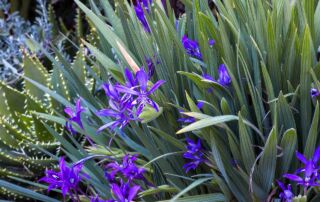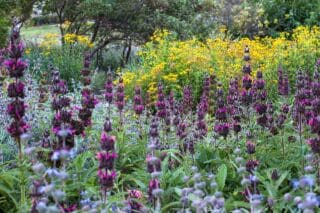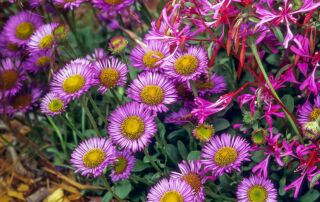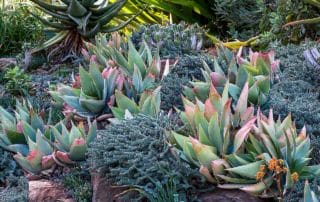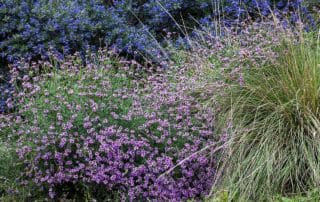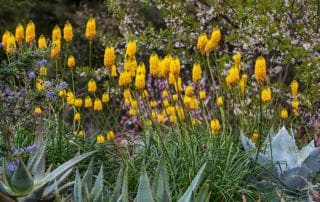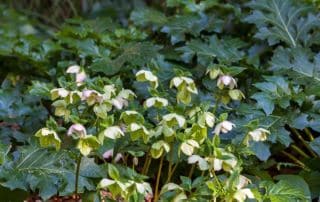Babianas
Babianas are deciduous, mostly winter-growing, spring-blooming, bulblike perennials native to southern Africa. Best massed in the garden, these are diminutive plants with an outsized floral effect. Growing naturally on well-drained silts and clays, granite-derived gravels, and rocky or sandy slopes and flats, they need sun, good drainage, fairly mild and moist winters, and a dry summer dormancy. Babiana framesii is native to the mountains of the winter-rainfall northwestern Cape, South Africa. Appearing in mid- to late fall or winter, usually with the first rains, babiana leaves are lance- to sword-shaped, linearly ribbed or corrugated, often softly or


